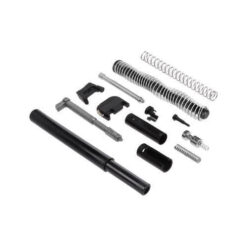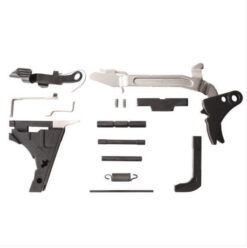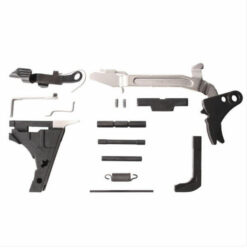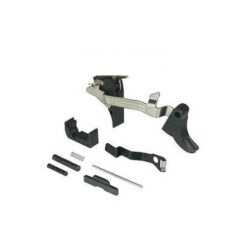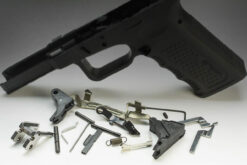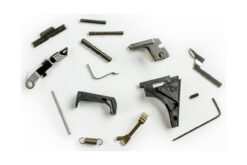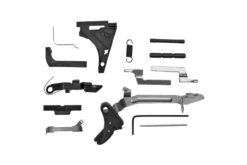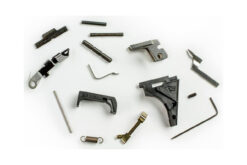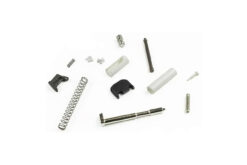Glock Parts & Kits
Glock Parts Kits are a must-have for any Glock owner. Black Rifle Depot offers a wide range of Glock parts kits to keep your firearm in top condition. Our kits contain everything you need to maintain, repair, or upgrade your Glock. We've got you covered from replacement springs and pins to custom trigger assemblies. Our kits are made from high-quality materials and are designed to meet the demands of shooting professionals and enthusiasts alike. Whether you're a competitive shooter, a law enforcement officer, or an avid Glock owner, our parts kits are essential to your range bag. Please browse our selection today and ensure your Glock always performs at its best.
“GLOCK” is a federally registered trademark of Glock, Inc. and is one of many trademarks owned by Glock, Inc. or Glock Ges.m.b.H. Black Rifle Depot is an independent supplier of parts and accessories for Glock® pistols and is not affiliated with or endorsed by Glock, Inc. or Glock Ges.m.b.H. The use of Glock on this page is merely to advertise the sale of Glock parts or components. As indicated in the product descriptions, all parts and accessories on this site are not official Glock products.



